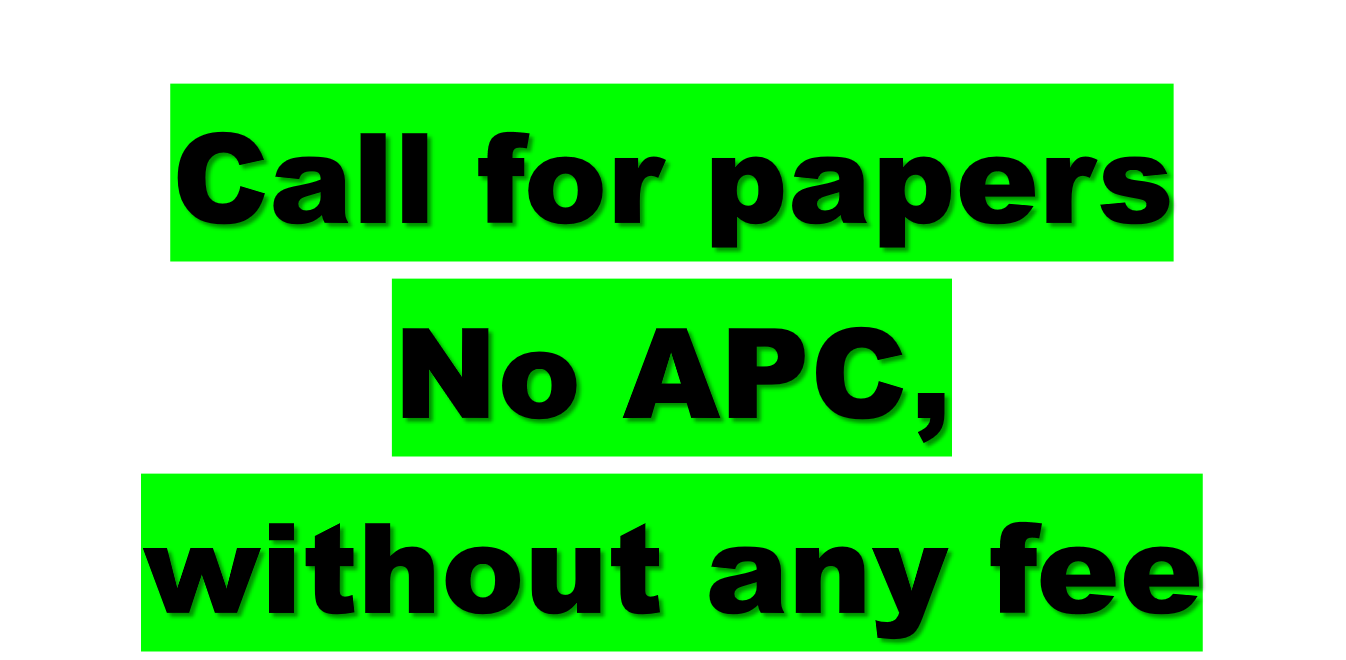Casting Product Image Data for Quality Inspection with Xception and Data Augmentation
DOI:
https://doi.org/10.53469/jtpes.2023.03(10).06Keywords:
Casting product image, Xception Model, Data AugmentationAbstract
Casting defects encompass a broad spectrum of imperfections, such as blow holes, pinholes, burrs, shrinkage defects, and various metallurgical anomalies. Detecting these defects manually requires a trained eye, and even the most diligent inspectors can inadvertently overlook subtle irregularities. To address these challenges, there is a growing movement toward automation in quality control. Deep learning models, including the Xception model, are being harnessed to create a robust classification system. Such models have the capacity to analyze thousands of product images with precision, identifying defects that may elude human inspectors. Furthermore, data augmentation techniques are applied to enhance the dataset, allowing the model to generalize more effectively and improve its defect recognition capabilities.
References
Dabhi, R. (2020). Casting product image data for quality inspection. Kaggle. com.
Oh, S., Cha, J., Kim, D., & Jeong, J. (2020, October). Quality inspection of casting product using CAE and CNN. In 2020 4th International Conference on Imaging, Signal Processing and Communications (ICISPC) (pp. 34-38). IEEE.
Nguyen, T. P., Choi, S., Park, S. J., Park, S. H., & Yoon, J. (2021). Inspecting method for defective casting products with convolutional neural network (CNN). International Journal of Precision Engineering and Manufacturing-Green Technology, 8, 583-594.
Habibpour, M., Gharoun, H., Tajally, A., Shamsi, A., Asgharnezhad, H., Khosravi, A., & Nahavandi, S. (2021). An uncertainty-aware deep learning framework for defect detection in casting products. arXiv preprint arXiv:2107.11643.
Gupta, R., Anand, V., Gupta, S., & Koundal, D. (2023). Deep Learning Model for Defect Analysis in Industry using Casting images. Expert Systems with Applications, 120758.
Fran, C. (2017). Deep learning with depth wise separable convolutions. In IEEE conference on computer vision and pattern recognition (CVPR).
Van Dyk, D. A., & Meng, X. L. (2001). The art of data augmentation. Journal of Computational and Graphical Statistics, 10(1), 1-50.
Shorten, C., & Khoshgoftaar, T. M. (2019). A survey on image data augmentation for deep learning. Journal of big data, 6(1), 1-48.
Reid, M. D., & Williamson, R. C. (2010). Composite binary losses. The Journal of Machine Learning Research, 11, 2387-2422.
Kingma, D. P., & Ba, J. (2014). Adam: A method for stochastic optimization. arXiv preprint arXiv:1412.6980.
Tianbo, S., Weijun, H., Jiangfeng, C., Weijia, L., Quan, Y., & Kun, H. (2023, January). Bio-inspired Swarm Intelligence: a Flocking Project With Group Object Recognition. In 2023 3rd International Conference on Consumer Electronics and Computer Engineering (ICCECE) (pp. 834-837). IEEE.
He, K., Zhang, X., Ren, S., & Sun, J. (2016). Deep residual learning for image recognition. In Proceedings of the IEEE conference on computer vision and pattern recognition (pp. 770-778).
O'Shea, K., & Nash, R. (2015). An introduction to convolutional neural networks. arXiv preprint arXiv:1511.08458.
Szegedy, C., Vanhoucke, V., Ioffe, S., Shlens, J., & Wojna, Z. (2016). Rethinking the inception architecture for computer vision. In Proceedings of the IEEE conference on computer vision and pattern recognition (pp. 2818-2826).
Downloads
Published
How to Cite
Issue
Section
License
Copyright (c) 2023 Hao Hu, Shulin Li, Jiaxin Huang, Bo Liu, Change Che

This work is licensed under a Creative Commons Attribution-NonCommercial 4.0 International License.





